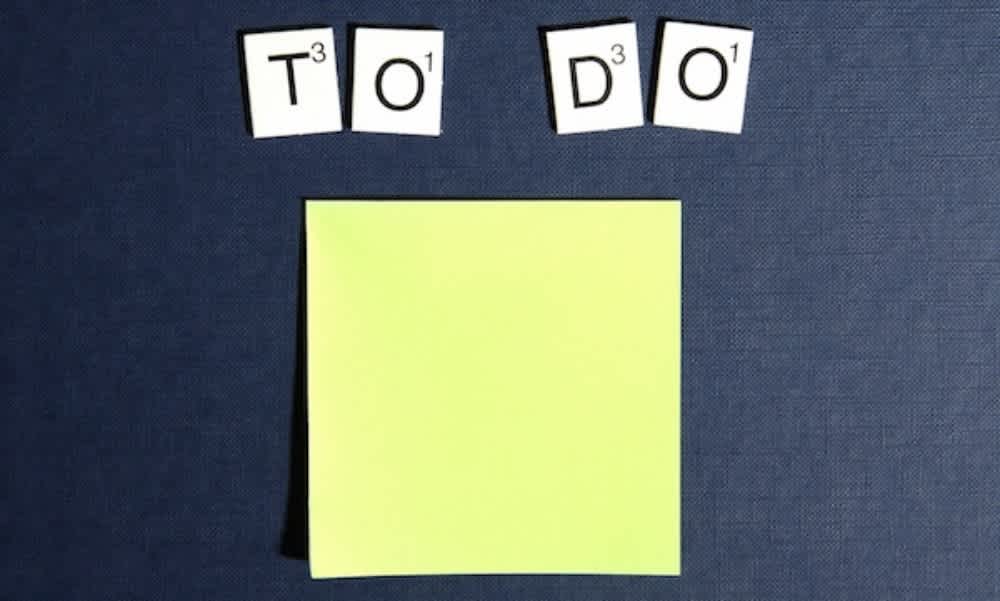When the time comes to start hiring new employees, it is important to ensure that your entire process from start to finish is totally compliant. While the upfront work may feel daunting, the time is well worth avoiding potential liabilities or lawsuits down the road.
What does "being compliant" mean for a small company? Many things, all of which revolve around employment law. We've covered the five common employment law risks here.
Having a solid compliance checklist ensures that you avoid liability during your employee hiring process. Pair this with your onboarding happiness checklist for a truly smooth new hire onboarding (that will likely increase employee retention).
Before Hiring
Believe it or not, there are a series of steps that are important to follow before you actually make an offer to any individual candidate.
Ensure that you are completely ADA compliant in your job descriptions. The Americans with Disabilities Act (ADA) ensures that there are no prohibitions on people being hired because of their disabilities.
Ensure that your interview questions are also ADA compliant. It is important that your managers do not ask disability-related questions. And if you are bringing someone in, the location has to be easily accessible to people with all sorts of disabilities.
Keep interview questions primarily on the candidate's ability to do the job and nothing else.
The Interview & Research
Now that you have ensured that you are compliant in your pre-hiring stages, the next step is to actually bring people in for the interview.
Ensure that your interviewing process is up to snuff with regard to Federal Law. For example, you cannot allow someone’s gender, race, color, religion, age, etc. to factor into the decision.
Confirm that the interview questions prepared are actually used in the interview. Veering off course into topics that are unacceptable could create a dangerous situation.
Get written authorization for any background checks and ensure that the Fair Credit Report Act requirements are fulfilled. You can use a credit check to make a decision on hiring someone, but you have to let that candidate know ahead of time that you are going to be getting it. Some states do restrict this, though, so research your individual state’s requirements.
Get written approval for you to conduct any drug testing for your hiring process, if that is a factor.
Every state has different compliance rules (and it's easy to make mistakes) so do your research on your individual state’s requirements.
The Offer and Hiring
Once you've decided on a candidate, it's time to formally make the offer, negotiate the terms and get all the required paperwork squared away.
Does the job offer letter include a statement that the job is employment at-will? Many people work at-will and it just means that they are not contracted to work for X period of time. Instead, employers can let them go at any point without the need to justify the cause.
Ensure that the job offer outlines exactly what the new hire is offered. Including a benefits package along with it will allow the person to make a better decision.
Once they accept the job, you have three days to complete Forms I-9 from the first day of work. These forms are to ensure that the person is legally allowed to work in the United States.
Confirm that reporting requirements are fulfilled and all tax forms are collected. Federally, that’s the W-4 and there could be state requirements.
Onboarding
The final step is onboarding and it is not something that you need to worry about from a compliance perspective. The onboarding process ensures that the employee is successful right away. Check out our infographic on successful onboarding here.
Introduce the employee to the culture of the company. If you have certain perks (like a beer tap), explain when it is acceptable to use them.
Introduce them to the people that they are going to be working with. Breaking the ice with that first introduction is key.
Have a meeting with them at the end of their first week to see how it went and what challenges they ran into.
Compliance is important. So is hiring the right people. However, if you stick to your compliance checklist, you should be in a good place when you start hiring new employees.
Check out our newsletter
Monthly tips on running a business in your inbox.
Check out our newsletter

Learn more with Justworks’ Resources
Scale your business and build your team — no matter which way it grows. Access the tools, perks, and resources to help you stay compliant and grow in all 50 states.





